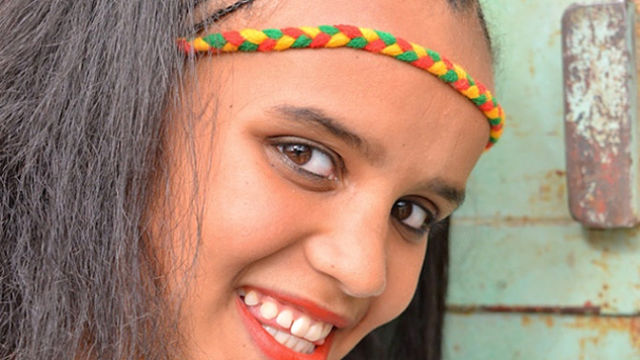 A young Ethiopian woman. The number of women is equal to that of men at birth in the country, data shows. (Photo: Rod Waddington/Flickr)
A young Ethiopian woman. The number of women is equal to that of men at birth in the country, data shows. (Photo: Rod Waddington/Flickr)
18 AUG 2015
ACCORDING to projections released Tuesday by the United States’ Population Reference Bureau in Washington, Africa will claim three of the world’s 10 most populous countries in the world in 2050.
That, we know. It is also not a surprise that the largest of the three will be Nigeria, which will be will be just 1 million people shy of the USA’s size. Ethiopia, currently with 99 million people according to one United Nations model, will also enter the list of the world’s 10 most populous countries, according to the Population Reference Bureau.
It is just one of some forecasts about the country’s population. While a lot of reporting is done about Nigeria’s population, Ethiopia’s gets less attention. What are we missing?
1- According to the UN projections, Ethiopia is one of nine countries that will account for half of the world’s population growth over the next 35 years. In 2050, it will have 188 million citizens, and would be the fifth most populous country, ahead of Tanzania, the US, Indonesia and Uganda, and just behind India, Nigeria, Pakistan and the DR Congo.
2- In 2100, Ethiopia is projected to have some 243 million people, and would be the ninth most populous nation in the world, and fourth largest by population in Africa after Nigeria, DRC and Tanzania. What is interesting about this is that while today Ethiopia is the second largest African country with a population of 99 million, DRC is fourth with 77 million and Tanzania has 53 million today, placing it sixth – so they will be overtaking Ethiopia.
3- The country has a sex ratio of 100 males to the same number of 100 females, amongst its projected 2015 population of 99.3 million, outstripped only by Nigeria’s projected 182 million people. The West African country however does not manage to keep things equal as well—it has 104 males for every 100 females.
4- Four in every 10 Ethiopians (41.4%) are aged under 14 years, but just 5.2% are aged over 60 years. The majority of the population (53.3%) are under 60 years. But going forward an interesting thing will happen: in 2050 just 25% of Ethiopians will be aged under 14, and in 2100 this will fall to 16.2%, as more Ethiopians move into the working age, setting it up for a major demographic dividend, and more economic growth.
5- Indeed, Ethiopia’s life expectancy at birth was 48.1 years just 20 years ago, now it stands at 63.1 years. In 2050 it will be 74.5 years, and 81.3 in 2100, as investments in health pay off handsomely, with some 7.2% of Ethiopians clocking over 80 years by 2100. Infant mortality, at 114 deaths per 1,000 live births in 1995, has now been halved to 50, and will fall further to 20 by 2050.
6- The number of children who make it past their fifth birthday is regarded as a key indicator of a country’s development. In 1995, Ethiopia had 190 deaths for every 1,000 births. That is now at 74 deaths, which is still on the higher side, but in 2050 it will be at 25.5 deaths, and fall to 13 at the end of the century.
7- Currently, an Ethiopian woman has an average 4.59 children in her lifetime, a fall from 7.18 children in 1980. But this is falling further—in 2050 she will have 2.28 children on average, and just 1.79 children in 2100—comparable with European fertility rates.
—
Related:
Ethiopia Among 10 Countries That Will Have the World’s Biggest Populations By 2050 (Bloomberg)
Join the conversation on Twitter and Facebook.

























